The forecast was wet. Temps in Corvallis were looking consistent, hovering right around 50 degrees Fahrenheit as the daytime high for each day I was expecting to be in town. Rain was also looking consistent, with a solid chance of it every day as well. My last visit to the Pacific Northwest occurred approximately six months before this one, and it was met with not a single drop of rain. That trip was unseasonably warm, very dry, and quite lovely by most human measurements of preferable climate conditions. I, however, am a bit weird when it comes to what I look for, particularly in this part of the country. I genuinely savor those moments when the colors of the forest are heavily saturated due to damp conditions. I like it when the mist rolls in, obscuring views of anything more than a few feet away. I kinda crave those total sensory experiences that only come with the rain. So, when I saw the forecast for my upcoming trip to Oregon’s Central Coast Range, it made me smile, for I knew that I was in for the kind of Pacific Northwest experience that puts this place at the top of the heap of my favorite places to ride bikes.
Riding in this part of the country means that riding in the wet is something you kind of have to accept…
While I was staying in Corvallis, I was actually here to explore trails that were about 40 minutes southwest of town in the heart of the Central Coast Range. The range itself is about 90 miles long and is a part of the more extensive Oregon Coast Range, which is, in turn, a part of the much larger Pacific Coast Ranges physiographic region. The climate is defined by mild and wet winters, with much drier summers and relatively cool summers. Driving south from town, the mountains loom just off of the road to the west with a thick blanket of cloud wrapped around most of the range, leaving just a handful of snow-capped summits visible above the mist. Turning off the main highway and onto the road leading to Alsea Falls, the contrast between the wine-centric Willamette Valley and the dense, glowing green of the Coast Range forest is stark. Despite the thick cloud cover, the moss-drenched forests of western hemlock, western cedar, Douglas-fir, Sitka spruce, and sword fern seem to radiate a green and yellow luminance. The mountains are new in a geological sense. Still, loose soil types and consistent precipitation leave them subject to landslides and heavy erosion, making for a rather steep pitch for many of the drainages.
The Alsea Falls Recreation Site is managed by the U.S. Department of the Interior’s Bureau of Land Management, and it is squarely in the middle of nowhere. The actual Alsea Falls are found along the South Fork Alsea River, and they tumble 30 feet in height underneath a canopy of young Douglas fir and vine maple trees. Across the well-maintained dirt road is the Fall Creek Day Use Trailhead, which is where you’ll find miles of purpose-built mountain bike trails awaiting your enjoyment.
Built along the slopes of the 3,300-foot tall summit of Prairie Mountain, the trails total about 12 miles in length, dropping just under 2,000 vertical feet from the highest point to the trailhead. The trail gnomes at Team Dirt have been hard at work developing an impressive variety of trails, from mellow beginner flow to more natural and technical singletrack, all the way to sizable freeride lines. Riding in this part of the country means that riding in the wet is something you kind of have to accept, a facet many of us who call the east coast home are familiar with. My timing here meant that I would be attempting to thread the needle between seasons, which also meant that I was aware of the possibility of snow in higher elevations and downed trees due to winter storms. As such, some of the trails up high were still blanketed in snow, while some of the clay surface trails lower on the mountain were a bit soft or had typical windfall issues associated with this time of year. I spent my time checking out an 1100 foot descent that involved the combination of two trails: Highballer and Dutchman. Riding these trails begins with a 4-mile long climb up the Falls Creek access road, which takes riders ¾ of the way up the trail network. Highballer is a blue-rated, root-strewn piece of amazing singletrack that starts with a narrow and winding route punctuated by short and punchy climbs before descending in earnest about a ¼ of a mile in. The next mile is greasy, technical, occasionally quite fast, and always quite a fun affair with reliable traction even in the wet, and has a handful of purpose-built features thrown into a mostly natural terrain design. There were no real hard commitments at any point, but the nature of wet roots and a handful of mid-sized jumps might be more challenging to some riders than the blue rating suggests. From the bottom of Highballer, there are a handful of options to continue the descent, and not wanting to damage the clay surface of the flowy trail, Springboard, I opted to take a mile of fire road to the start of Dutchman. Dutchman is similar to Highballer in design but is rated green due to the lack of purpose-built jumps and the less physical nature of the ride. While there were still plenty of off-camber sections and wet roots to play around on, the loamy topsoil was what really sets this trail apart for me. Like Highballer, the green rating may surprise riders not familiar with or comfortable on wet roots and slippery cambers, but also like Highballer, the traction was stellar even in the rain, and the fun of the trail was matched only by the beauty of its surroundings.

This is what I crave as a rider: the opportunity to push myself and explore trails in a setting that leaves all of the senses buzzing. This is a part of the world that isn’t particularly easy to get to, with conditions that, while never brutal, are rarely idyllic. But this is a place teeming with life. It’s as beautiful if not more so in the rain than in the sun. Water is an inescapable part of the narrative, and it is the driving force behind the brilliance of this place. The sights, the smells, the sounds, and the feel of this place are damn near enchanting, and whenever I watch the glowing green and misty mountains fade in my rearview mirror, I know it won’t be long before I watch them grow larger on the horizon again soon.
ADVOCACY
Originally founded as a race team in Corvallis, Team Dirt is now a 501c3 nonprofit and IMBA chapter. Team Dirt is tasked with developing and constructing trails between six primary networks: McDonald Forest, Mary’s Peak, Alder Creek, Bald Hill, Tum Tum, and Alsea Falls. Eric Emerson is the Alsea Falls volunteer and trail coordinator and the owner of Creative Trail Designs, with 25 years of experience as a trail builder and coordinator. The trails at Alsea Falls are incredible, and even more so when you begin to realize the limited resources available as far as volunteers go. While Corvallis and Eugene are each less than an hour away, the truth is that the remoteness and ruggedness that makes this place so unique are also the same factors that limit the number of stewards available to work on these trails. Those who do are trail gnomes in the best possible sense, and you can help support their efforts by volunteering your time or donating.
WHERE TO SAY
Camping at Alsea Falls Recreation Area opens up in May and lasts through September every year. Alsea Falls has 16 individual campsites by reservation only. There is no first come-first served availability. However, campers can camp on a nightly basis if the site is not reserved until the reservation holder arrives, which may get kind of awkward.
Corvallis is the closest population center, about 45 minutes north of Alsea Falls, with plenty of lodging options available, being its home to Oregon State University. Eugene is roughly equidistant to the south, with more lodging options thanks to the University of Oregon and a population 3X that of Corvallis.
TAKE NOTE
Oregon has a well-documented homeless population, and the pandemic has only worsened an already tenuous situation among the transient community. You can help mitigate risk for the homeless by supporting shelters and medical services such as Corvallis Housing First, the Corvallis Daytime Drop-In Center, and Family Promise of the Mid Willamette Valley, among others.


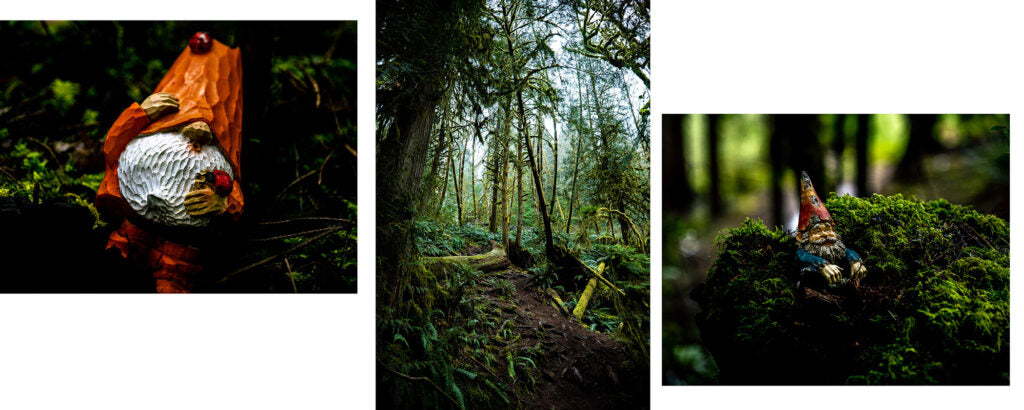

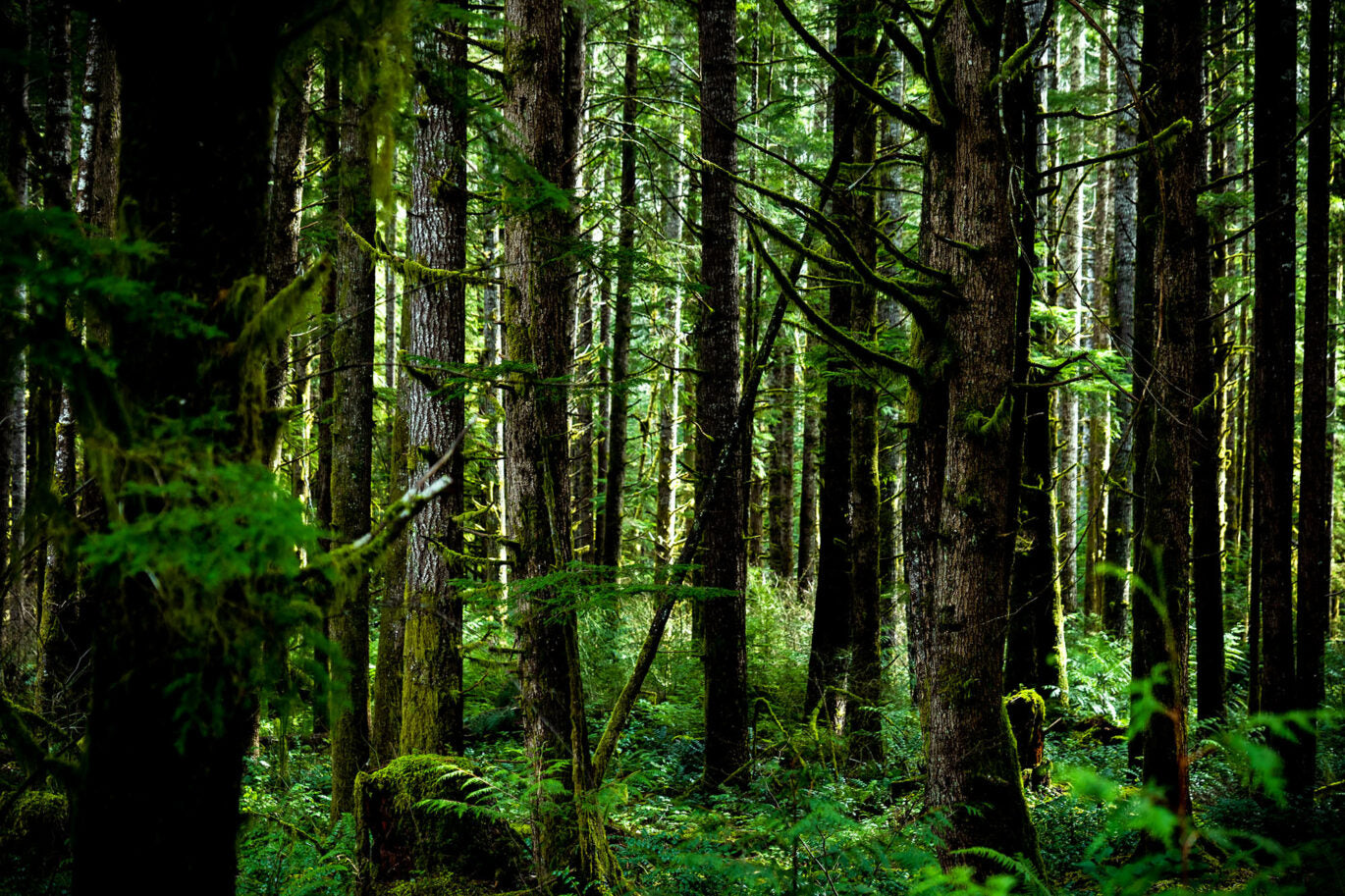





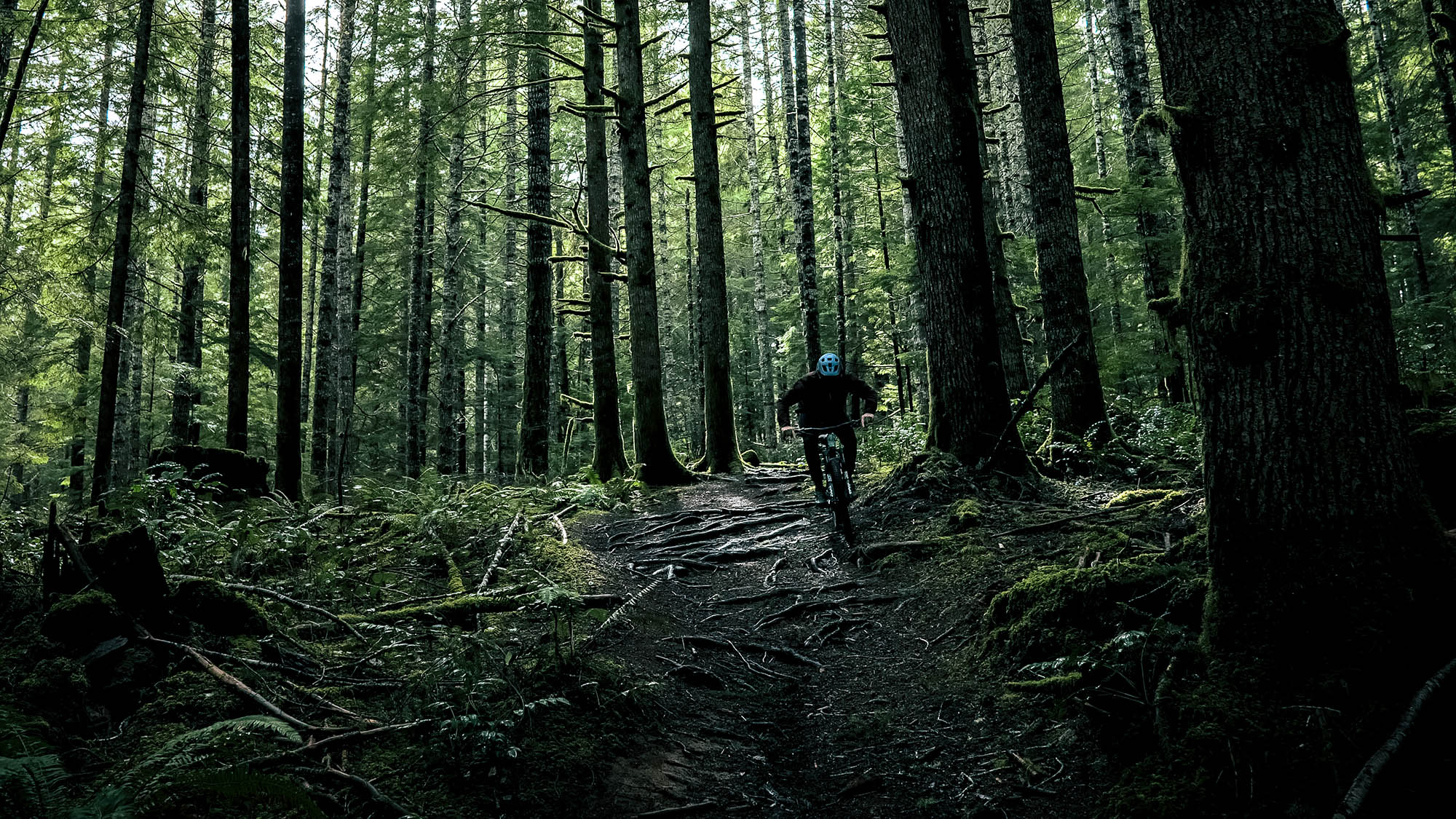
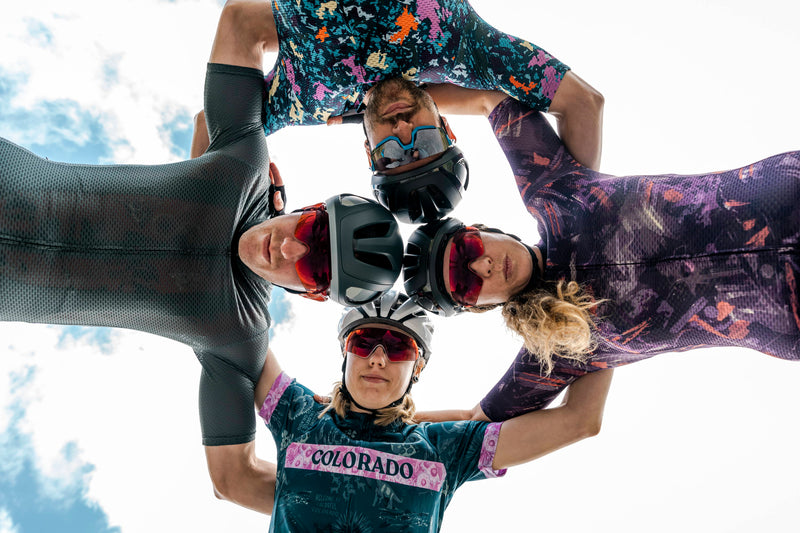
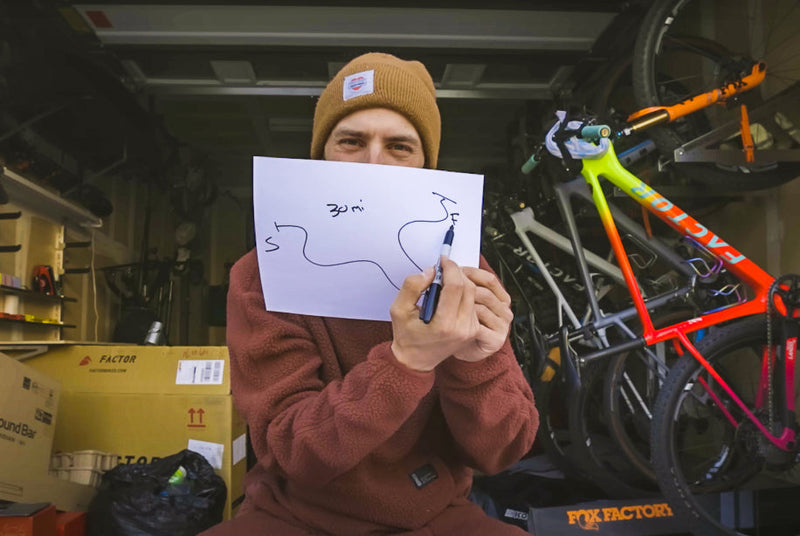
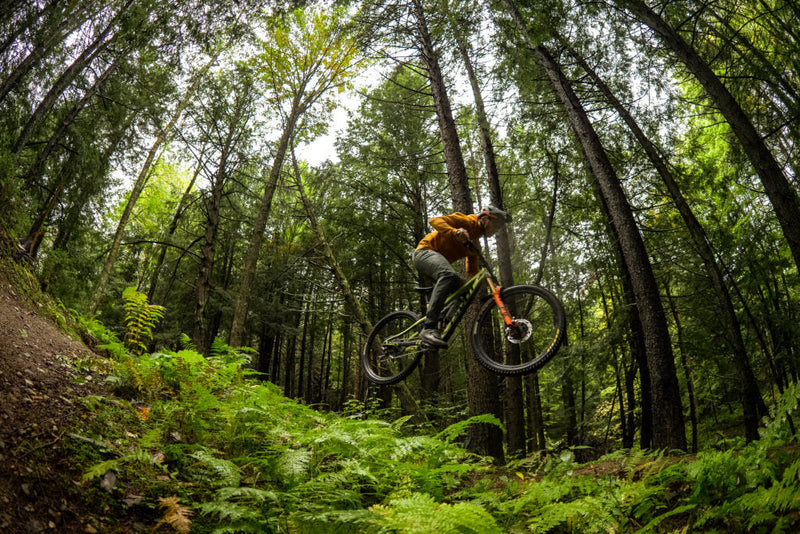

Comments